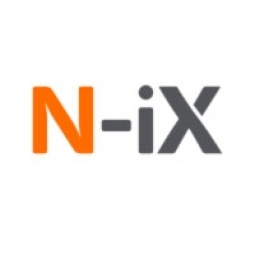- Analytics & Modeling - Virtual & Augmented Reality Software
- Wearables - Virtual Reality Glasses, Headsets & Controllers
- Oil & Gas
- Packaging
- Quality Assurance
- Virtual Prototyping & Product Testing
- Virtual Reality
- Testing & Certification
Paradox Interactive is a leading global publisher of strategy games for PC and console. The company has developed and published a world-renowned catalog stretching back to 1999, with players hailing from all around the world. The publisher’s steadily-growing portfolio includes firmly established franchises such as the critically acclaimed Europa Universalis, Crusader Kings, Hearts of Iron, and Stellaris series created by Paradox Development Studio, the Age of Wonders series created by Triumph Studios, as well as award-winning titles such as Cities: Skylines, Pillars of Eternity, and more from a network of partner studios.
Paradox Interactive, the creator of the grand strategy video game Stellaris, needed to release regular updates and downloadable content (DLC) for its games. The challenge was to create appealing game art assets within tight deadlines. The team had to follow distinctive art production guidelines provided by the client, which described a unique art creation pipeline. Another challenge was understanding the multiple races and their specific designs in Stellaris, a game with numerous galaxies and races with different styles and features. The team had to study the game carefully to produce art that matched the game style and ensure smooth project implementation. Additionally, the team faced the challenge of meeting tight deadlines at certain stages of the project, where they had to deliver all the assets in time for the DLC release.
N-iX Game and VR Studio started working with Paradox Interactive in June 2017. The team of concept artists and 3D artists worked on various spaceships for Stellaris races. They created different classes of spaceships for a single race, as well as one class of spaceships for various races in the Apocalypse expansion. The team developed a lot of content from scratch, following the detailed documentation provided by the client. The work followed a defined pipeline, with approval at each stage, including blockout, high poly model, low poly model, unwrapping UVs, and texturing. The team used Photoshop and Quixel Suite to finalize the models. The team's size changed dynamically depending on the amount of content needed for a certain DLC.

Case Study missing?
Start adding your own!
Register with your work email and create a new case study profile for your business.
Related Case Studies.









